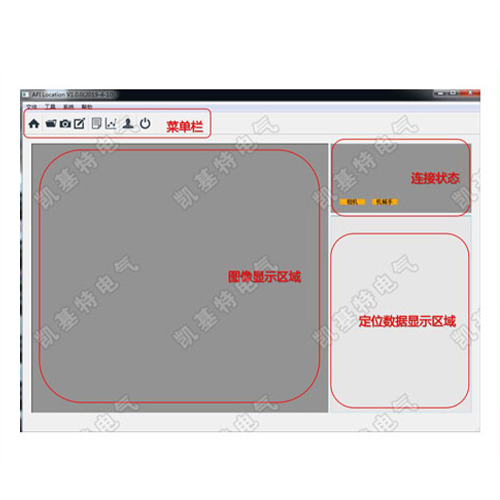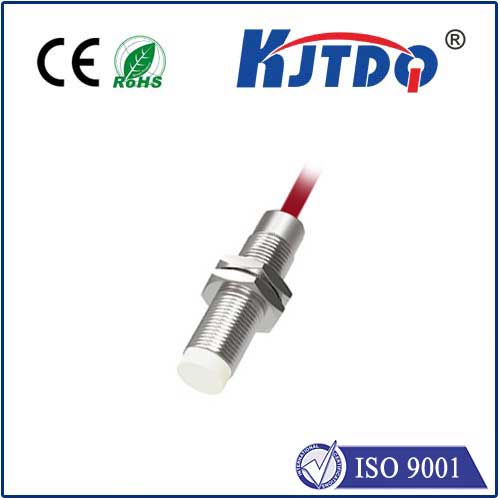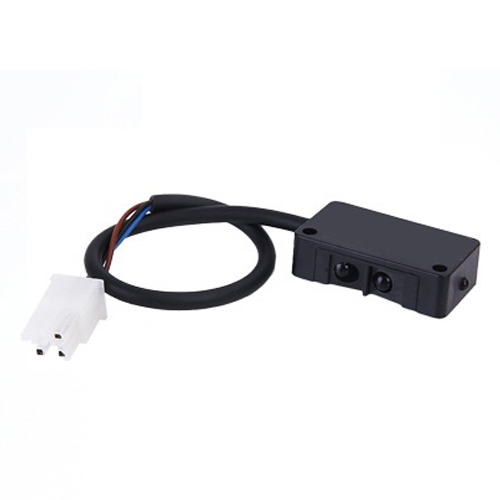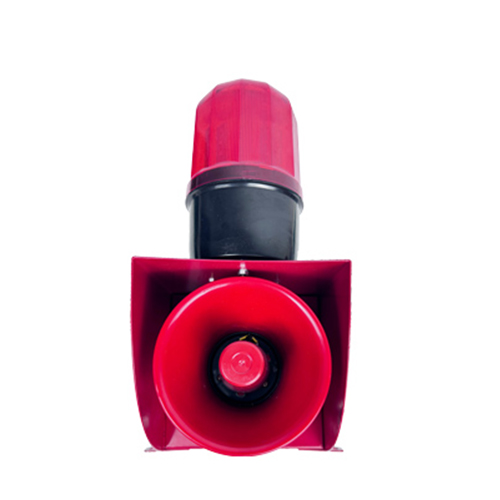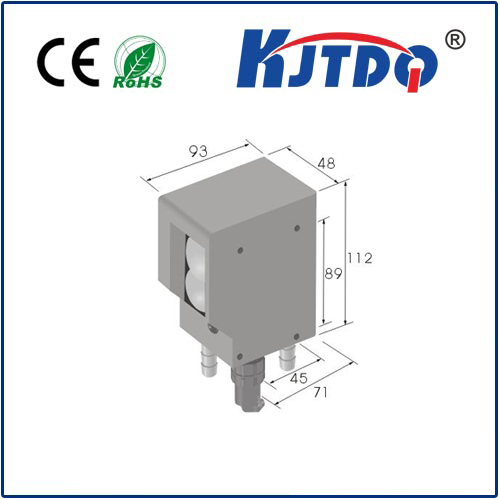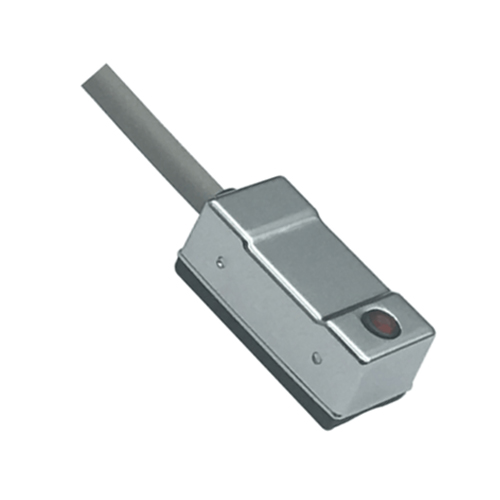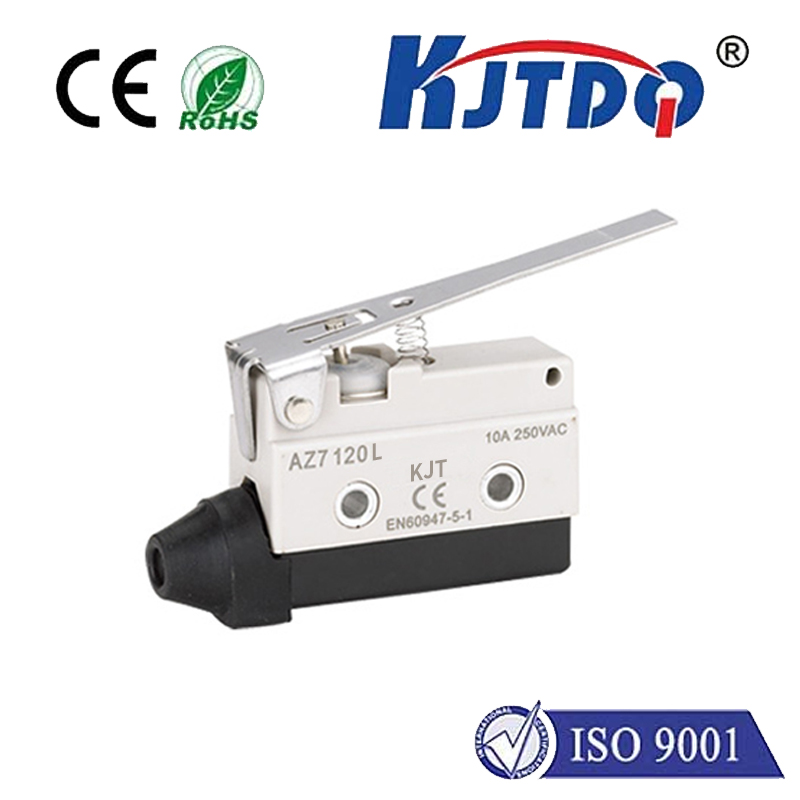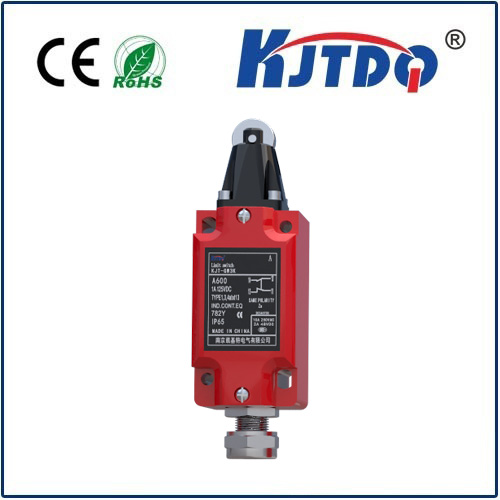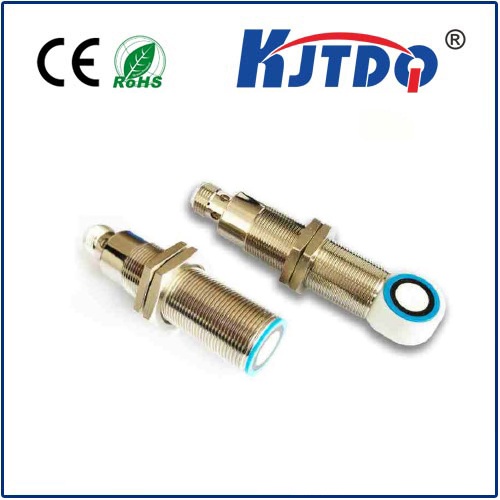

check

check

check

check

check

check

check

check

check

check
Chapter 1: The Advancements in Motion Proximity Sensor Technology
Motion proximity sensors have come a long way in recent years, evolving from simple capacitive sensors to sophisticated integrated circuits (ICs) capable of detecting and measuring various forms of motion. With their ability to detect even the slightest movements, these sensors have found numerous applications across diverse industries, including automotive, healthcare, entertainment, and security.
The advancements in motion proximity sensor technology have been driven by several factors, such as increased processing power, miniaturization, and integration with other devices. This has enabled the development of more advanced and accurate sensor solutions that can provide real-time monitoring and control over various systems.
Chapter 2: The Impact of Motion Proximity Sensors on User Experience
The proliferation of motion proximity sensors has significantly transformed the way users interact with technology. These sensors have become an essential component of many devices, providing intuitive and seamless experiences for users. Some of the notable ways in which motion proximity sensors are improving user experience include:
1. Gesture Recognition: By detecting and interpreting gestures, motion proximity sensors enable users to perform tasks using a variety of hand movements, making it easier and more natural to navigate through different interfaces.
2. Object Tracking: Motion proximity sensors can track the movement of objects or individuals, providing real-time information about their position and orientation. This has applications in areas such as augmented reality, robotics, and gaming.
3. Auto-Activation: Motion proximity sensors can automatically activate or deactivate based on user presence or absence, optimizing energy consumption and enhancing user convenience.
Chapter 3: Applications of Motion Proximity Sensors in Various Industries
The versatility of motion proximity sensors has made them highly sought-after across various industries. Here are some examples of how these sensors are being used to improve efficiency, safety, and user experience:
1. Automotive Industry: Motion proximity sensors are widely used in automobiles for tasks such as parking assistance, collision detection, and lane departure warning. They help drivers stay safe while navigating complex driving environments.
2. Healthcare: In healthcare settings, motion proximity sensors play a crucial role in monitoring patient vital signs and providing real-time feedback to medical professionals. These sensors can also assist with mobility aids, such as wheelchairs, by sensing when the user needs assistance or when they have reached their destination.
3. Security Systems: Motion proximity sensors are commonly used in security systems to detect unauthorized access or suspicious activity. They can trigger alerts or take other action when triggered by movement within a designated perimeter.
4. Entertainment: Motion proximity sensors are increasingly being used in gaming and virtual reality experiences to provide realistic interaction with virtual objects or characters. They enable users to manipulate objects in three dimensions using hand gestures or other non-traditional input methods.
